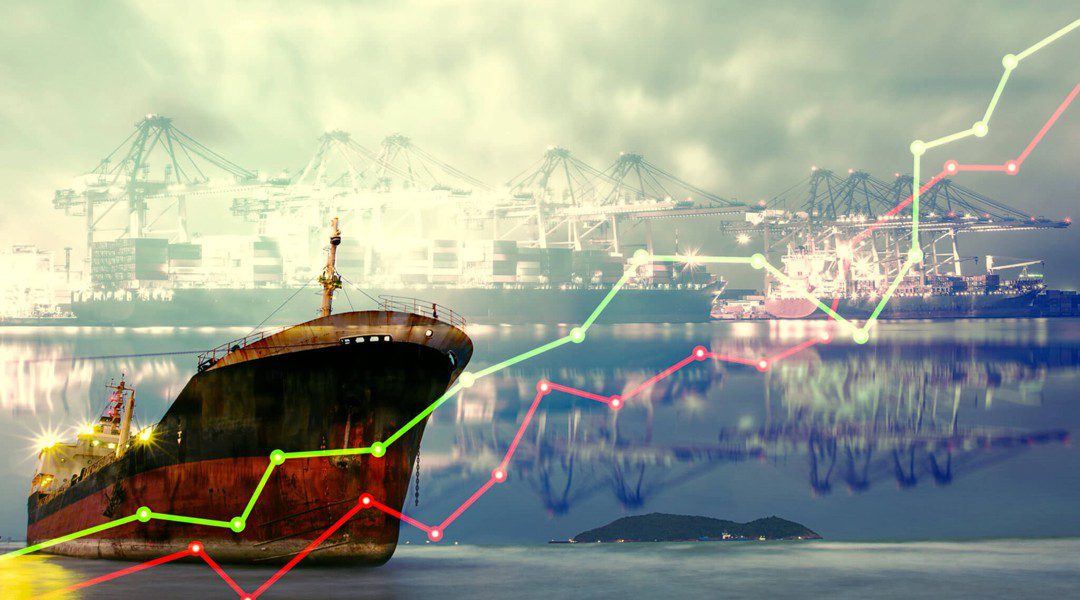More than 2,200 shipping companies have now received clarification on which country they need to contact in order to move towards complying with the EU ETS.
The decision was announced on Wednesday, Jan. 30, when the many shipping companies were distributed among the member states.
The shipping companies have now received clarification on which country’s local authorities they need to apply to open a maritime operator holding account, a so-called Moha.
If the local authorities are short on administration because they don’t have the resources to manage the volume of applications, then it becomes a problem
Lars Robert Pedersen, vice president, Bimco
This account provides access to buy and trade carbon credits to cover CO2 emissions from ships calling at EU ports.
”Until shipping companies can open an account, they have nowhere to store their allowances, because the allowances can only exist and be traded in this special internet bank called the allowance registry,” says Lars Robert Pedersen, vice president of Bimco’s regulatory work, where he works with environmental regulations, among other things.
The distribution by member states thus helps shipping companies calling at EU ports to move a little closer to being able to comply with the EU ETS, which shipping has been included in from the turn of the year.
In concrete terms, this also means that local authorities will have their work cut out for them.
Within 40 working days of the publication of the list, shipping companies must apply to open an account.
Shipping companies that are not on the list but have calls at EU ports have 65 working days after the first call at an EU port to apply for an account and have it opened.
Administrative hassle ahead
The long list breaks down shipping companies by country, and it depends on two things: Whether the shipping company is registered in the member state or whether the shipping company’s fleet has the most calls in the member state. This is especially true for shipping companies that are not based in the EU.
While Denmark has a list of 25 shipping companies so far, Spain and Greece have been assigned over 700 shipping companies between them.
At the same time, there can be differences in how local authorities administer applications, what documentation they require and ultimately how long it takes to open an account.
And it could increase dramatically if some of the member states’ authorities get busy trying to process a large number of applications in 40 days.
”If the local authorities are short on administration because they don’t have the resources to manage the volume of applications, then it becomes a problem to reach the deadline,” says Pedersen.
Another challenge that shipping companies risk having to deal with when it comes to local authority administration is language, says Pedersen.
”One of our customers has been assigned Spain, as that’s where its fleet has the most calls. But in Spain, the authorities require you to speak Spanish in order to set up a merchant account. And that’s a huge challenge for an industry like shipping, which is international.”
The EU ETS covers 100% of emissions within EU ports and 50% of emissions from the EU to non-EU ports.
In September 2025, the shipping company must hand over 40% of its EU ETS-covered emissions from 2024, 70% in 2025 and 100% from 2026 onwards.
(Translated using DeepL with additional editing by Katrine Gøthler)





